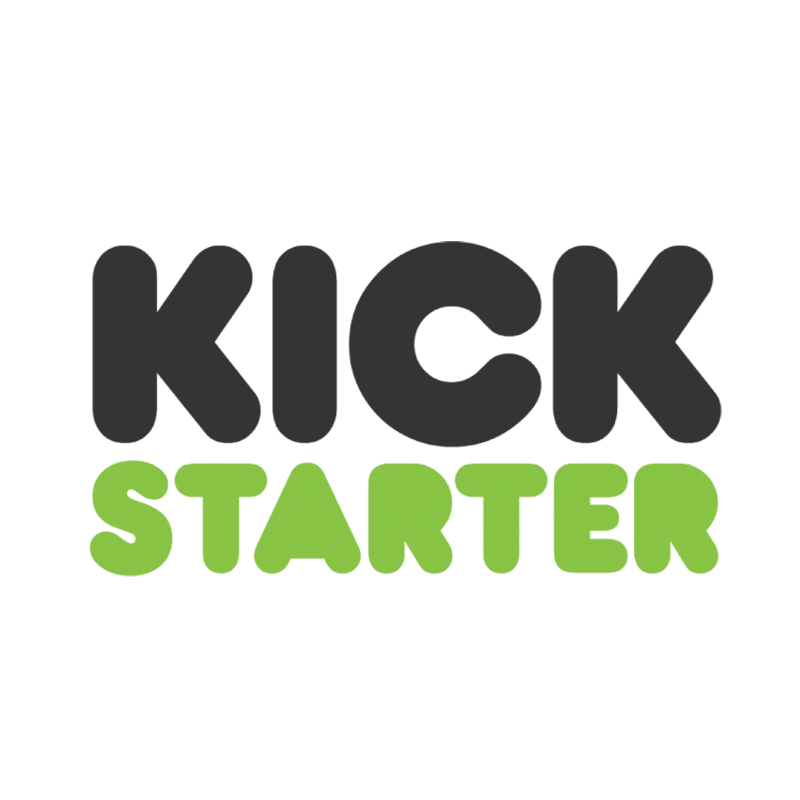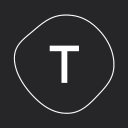How We Built A No-Code Map Builder [400 Users In The First 3 Months]
Hello! Who are you and what business did you start?
Hi! I am Nan and I am the founder of No Code Map App - a no code builder for creating custom interactive maps with dynamic filters. It is designed for businesses to build an agency-quality interactive map without coding.
This could be a directory of locations, a restaurant or cafe listing, or an event calendar - really anything you want. Our biggest differentiator is we are the only map builder capable of creating multiple custom filters automatically based on your dataset.
We launched 3 months ago and started monetizing at the end of March. April was our first full month of taking payments and we made >$400.

What's your backstory and how did you come up with the idea?
I worked in investment banking for 10 years, advising clients to buy and sell their companies or assets. After...

Download the report and join our email newsletter packed with business ideas and money-making opportunities, backed by real-life case studies.

Download the report and join our email newsletter packed with business ideas and money-making opportunities, backed by real-life case studies.

Download the report and join our email newsletter packed with business ideas and money-making opportunities, backed by real-life case studies.

Download the report and join our email newsletter packed with business ideas and money-making opportunities, backed by real-life case studies.

Download the report and join our email newsletter packed with business ideas and money-making opportunities, backed by real-life case studies.

Download the report and join our email newsletter packed with business ideas and money-making opportunities, backed by real-life case studies.

Download the report and join our email newsletter packed with business ideas and money-making opportunities, backed by real-life case studies.

Download the report and join our email newsletter packed with business ideas and money-making opportunities, backed by real-life case studies.
























